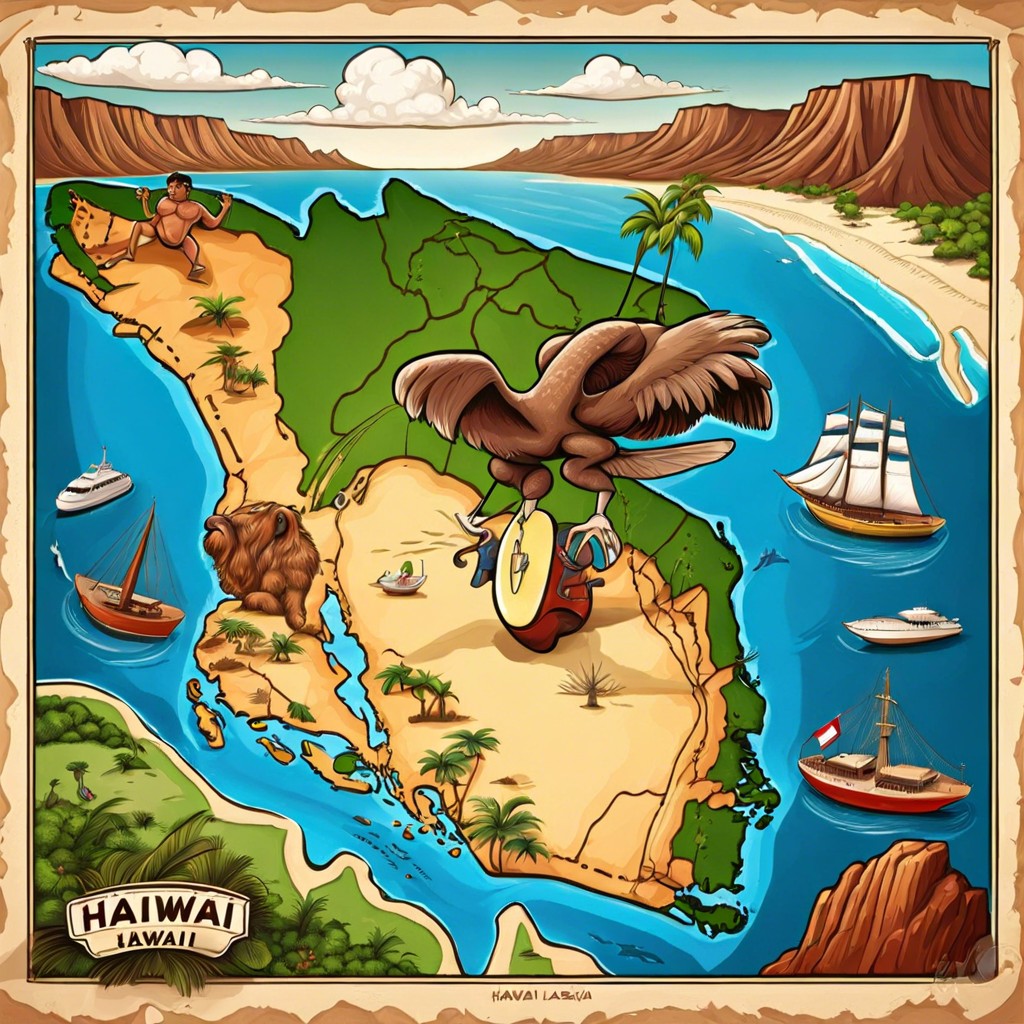Discover how Alaska’s size truly compares to the rest of the United States in this informative article.
Key takeaways:
- Alaska is more than twice the size of Texas.
- Alaska represents 17% of the total land area of the United States.
- You can fit Texas into Alaska twice, with room to spare.
- Alaska’s size impacts perceptions of scale and distance in the U.S.
- Alaska’s size contributes to its diverse climate and ecosystems.
Alaska’s Total Area
Alaska spans a vast 663,268 square miles, making it the largest state in the U.S. by far. To put this into perspective, it is more than twice the size of Texas, the second-largest state. Alaska’s massive area encompasses a wide range of geographical features, from the frozen tundra of the Arctic north to the dense forests and towering mountain ranges of the south. This extensive space allows for unique ecosystems, abundant wildlife, and varied climates across the state.
Alaska Size Comparison: Percentage of Total U.S. Land Area
Alaska is immense, not just visually on the map but also statistically. It represents about 17% of the total land area of the United States, making it a significant chunk of the nation’s geography. To put that in perspective, it’s equivalent to the combined size of the next three largest states: Texas, California, and Montana. This statistic alone underscores Alaska’s vastness within the U.S. land matrix. Understanding this helps highlight the sheer scale and the unique geographical status Alaska holds among its counterparts.
Spatial Comparison: Texas Vs. Alaska
The vastness of Alaska is underscored dramatically when compared to Texas, often thought of as one of the largest U.S. states. In fact, you could fit Texas into Alaska twice, with room to spare. Alaska is approximately 663,267 square miles, while Texas is about 268,596 square miles.
Visualizing this, if Alaska were superimposed over the contiguous United States, it would stretch from coast to coast. This sheer size means that Alaska not only dominates the national landscape physically but also impacts perceptions of scale and distance in the U.S. Moreover, Alaska’s size contributes to its diverse climate and ecosystems, ranging from rainforests in the southeast to the Arctic tundra in the north.



